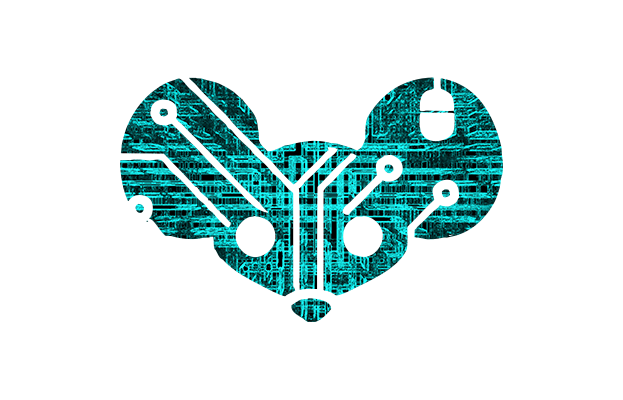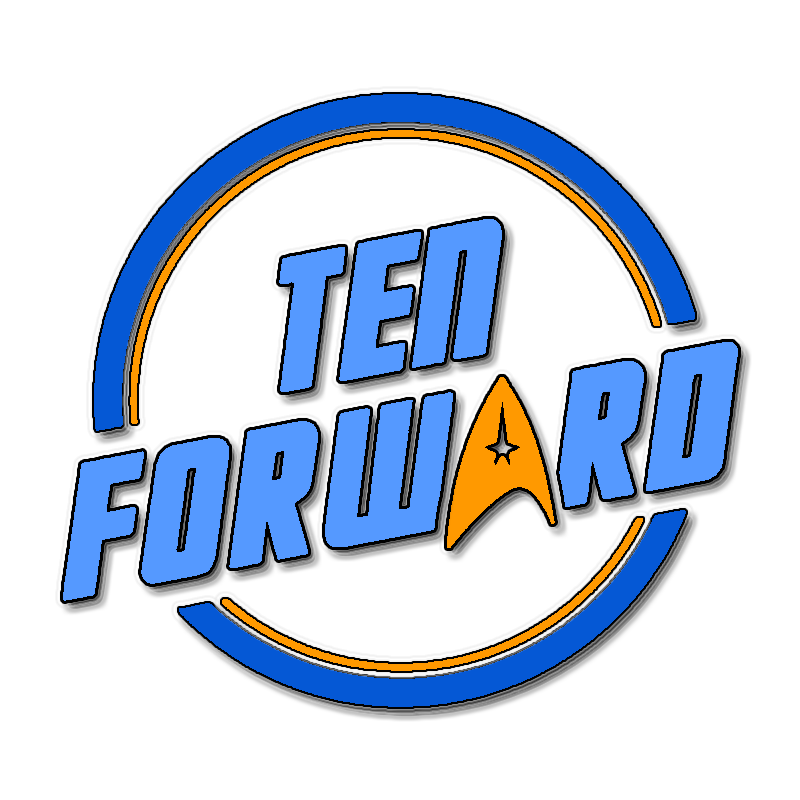

I wouldn’t call him the biggest Russian asset… But his weight is certainly up there a little.


I wouldn’t call him the biggest Russian asset… But his weight is certainly up there a little.


Where… In all of fuck… Did that pickle come from?


Huh. I, for some reason, didn’t realize the PS5 was 4k.
GNU response just dropped
ftfy


deleted by creator


And I just told you that I don’t have a problem with Reuters. I totally get that it is not high priority news and it took them a while to put out a report about it.
I just told you that it’s you I have a problem with.


The date of the article is irrelevant, the article clearly shows the poll was made August 25 to August 27th. 
And I’m not going to bitch to Reuters about the audacity you had to post such nonsense data to a politics community.


When you post articles that use data that is damn near a month out of date. Polls from August 25th? Or is it August 27th? Wasn’t that prior to the debate pounding that Harris gave Trump? On top of that where is this data from? What CAIR has posted at first glance does not include geographic breakdowns, so where did that data actually come from?


Just making sure and much appreciated.


Is… Is this a Trump meme?


Fox isn’t a news company. They are far right propaganda. Just like you in this entire thread.


Love it. I love that you went to Lemmy for tips. A side note, while I love it, I’m curious to see what it would look like with a bushy unibrow now that you’ve added the bushier mustache.


If I’m not mistaken it’s actually a Blu-ray player not just a dvd player. Mind you this is from memory not necessarily a fact, lol


Oh yeah, no doubt. One of the whole benefits of PC gaming is being able to snag games from other retailers. Honestly disk drive consoles have the advantage of being able to snag games from other users.
Oh great… Look at the GNUguy. Here he is walking around all GNUde. He’s gonna come over demanding GNUggets of wisdom. And I’m just gonna say it, hell GNUpe, leave me alone to compile my thoughts in peace.
This comment was purely for fun, isn’t even funny, and frankly laughable. But it seemed like a good time for some word play. ✌️
How funny do you have to feel to use nano? Are we talking barely walking or a wee bit tipsy?


Uhhh. Maybe I’m a little TOO far from the console crowd but I’m going to say this anyways.
Who tf cares? I’m a PC gamer and I’ve been without a disk drive since 2009.
I will happily admit it is definitely a different situation. For one, this would essentially give Sony a monopoly on games. Which would mean that they would never lower prices and gamers have no one to go to other than them. You know what I’m talking about, all the same shit that Nintendo has been doing for years.
I guess that I’m just curious how many people dislike this.


I always forget about the single quotes.
Idk, I don’t think you can recycle Trump. That little shit belongs in the trash.